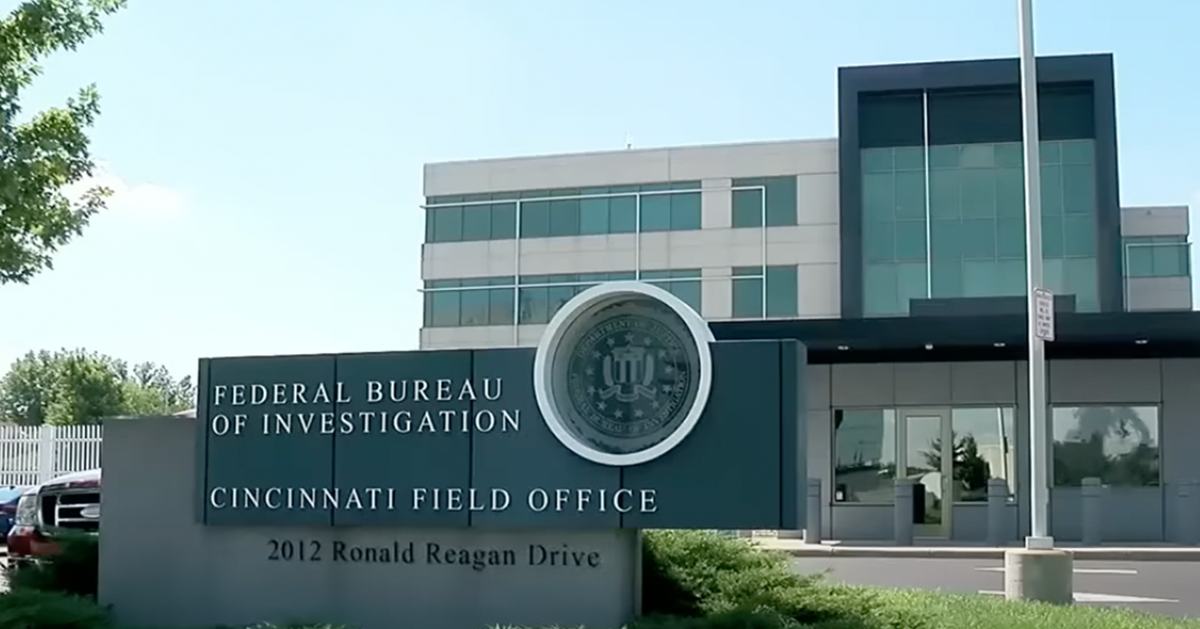Congressional probe continues to question Jan. 6 pipe bomb origins
Could the pipe bombs discovered at the Republican and Democratic National Committee headquarters on Jan. 6, 2021, have been part of a hidden training exercise?
A congressional panel, led by Rep. Barry Loudermilk (R-GA) is now exploring alternative theories about the January 6 pipe bombs, including the possibility of a law enforcement drill or a deliberate diversion, amid conflicting timelines and missing data, as Just the News reports.
On Jan. 5, 2021, the FBI later claimed that two pipe bombs were planted near the RNC and DNC headquarters in Washington, D.C., around 8:16 p.m. These devices, filled with chemical components of black powder and equipped with 60-minute kitchen timers, had the potential to cause destruction. However, neither bomb detonated.
Unraveling timeline discrepancies
The bombs were discovered approximately 16 hours later, on Jan. 6, around noon, which has raised questions about the accuracy of the FBI’s initial timeline. Karlin Younger, a woman who found the RNC bomb in an alleyway near her apartment, reported seeing it during a 40-minute window just after midday.
Her account starkly contrasts with the FBI’s reported planting time the previous evening. Younger also noted that the timer on the device showed 20 minutes remaining when she spotted it.
“I'm not buying the story anymore that they were there on the fifth,” Loudermilk said on Just the News, No Noise. “I believe that they were put out on the sixth at this point.”
Exploring broader theories
This discrepancy has led congressional investigators to consider alternative explanations for the bombs’ presence. Loudermilk and his panel are examining whether the devices might have been part of an undisclosed law enforcement training scenario.
Another theory suggests they could have been placed as a diversion to shift resources away from the Capitol during the unrest that day. “Were they put there just to be a diversion, to draw resources away from the Capitol?” Loudermilk questioned.
“Now follow me on this, this series of logic here,” Loudermilk said. “When would you build a bomb that's not designed to go off, but every element of it is to make you think it will?”
Missing data adds complications
Adding to the mystery, crucial evidence has been lost, hindering efforts to identify the person responsible for the bombs. On Jan. 11, 2021, the FBI requested AT&T to preserve cellular location data for January 5 and 6 to track individuals near the RNC and DNC.
However, AT&T later reported that the data for Jan. 5 was corrupted and irretrievable due to a server overload and a seven-day retention policy. While other major cell providers complied with the FBI’s request, AT&T FirstNet was the only one unable to provide the data.
FirstNet attributed the loss to an accidental deletion during a download attempt. Loudermilk has called this failure a significant concern that demands answers. “The FBI's inability to complete a cellular geofence to identify the pipe bomb suspect remains an open question,” he stated to Just the News.
Curious connections in case emerge
A notable coincidence has also emerged in the investigation involving Karlin Younger, the woman who discovered the RNC bomb. Younger was employed by FirstNet, a public-private partnership between the Commerce Department and AT&T, which manages a safety broadband network for first responders.
Her connection to the entity responsible for the data loss has raised eyebrows among investigators. Loudermilk emphasized the need to explore this link without assigning blame prematurely.
“I'm not pointing fingers,” he said. “I'm just saying these are legitimate questions we need to be asking.”







